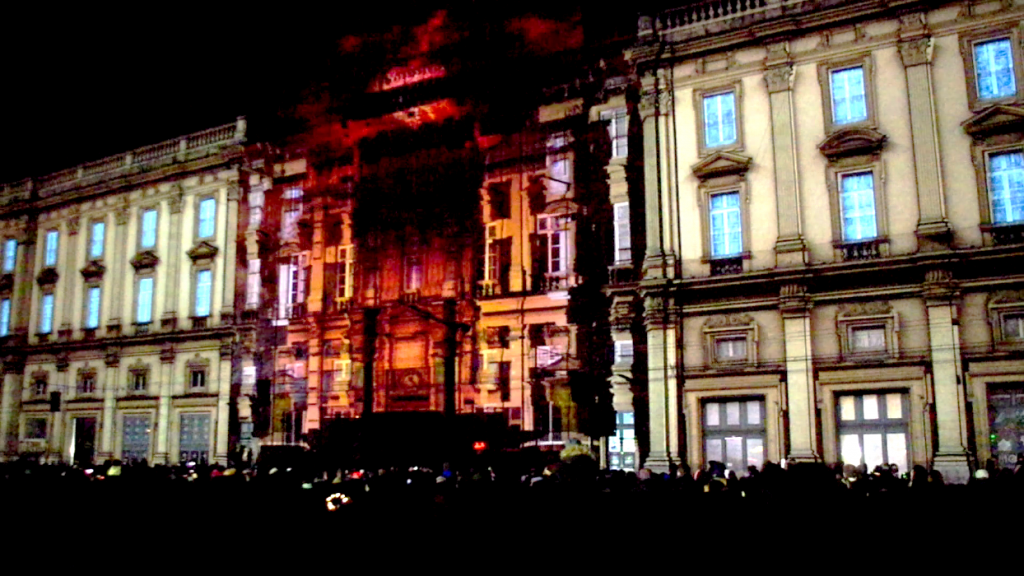The next PhD Seminar will be given by Howard Griffin, MA Architectural Visualisation programme director, on Wednesday 14th March at 4pm in the Digital Crit Space.
Moving the immovable: projection-mapping and the changing face of architecture
The ‘lumière’ festival has, in recent years, become an established form of public festival, with many cities and heritage sites seizing the opportunity to attract large audiences and increase tourism revenues. Lumière festivals now benefit from the advance in digital technology, which allows light to be mapped to specific surfaces and spaces through projection. This form of light installation, known as projection-mapping, delivers an added sense of spectacle, with onlookers taking the chance to witness momentary changes to the urban canvas, engaging with buildings in new ways.
At night, artificial light shapes the space around us, highlighting routes, exposing features, forming shadows, and provides architecture an altered, arguably dynamic, identity. Whether by candle, fire, gas or electricity, light has the capacity to change the way we see the space about us. Projection mapping amplifies this, allowing artists to explore notions of altered façade, and changes to character, style and materiality.
The visual sense dominates particularly when judging scale, distance, texture and so on. Experience informs us that most buildings are inanimate; solid objects designed for strength and security. Yet, albeit briefly, our eyes disagree. Projection-mapping can create illusions that change the very nature of architecture, causing the viewer to subconsciously question and review the alterations that seem to occur. Windows can spin. Walls can wobble. Buildings can move. Torre (2015) argues that buildings ‘concretize’ animation, giving depth to two-dimensional image. However, it could be argued that projection-mapping liberates the built environment, animating the inanimate, moving the immovable.
This presentation will explore the methods used in projection mapping to deceive and skew perception of architectural form and space, and argues that this form of light show installation not only conjures and deceives, but develops new relationships between people and the cities and buildings around us.

